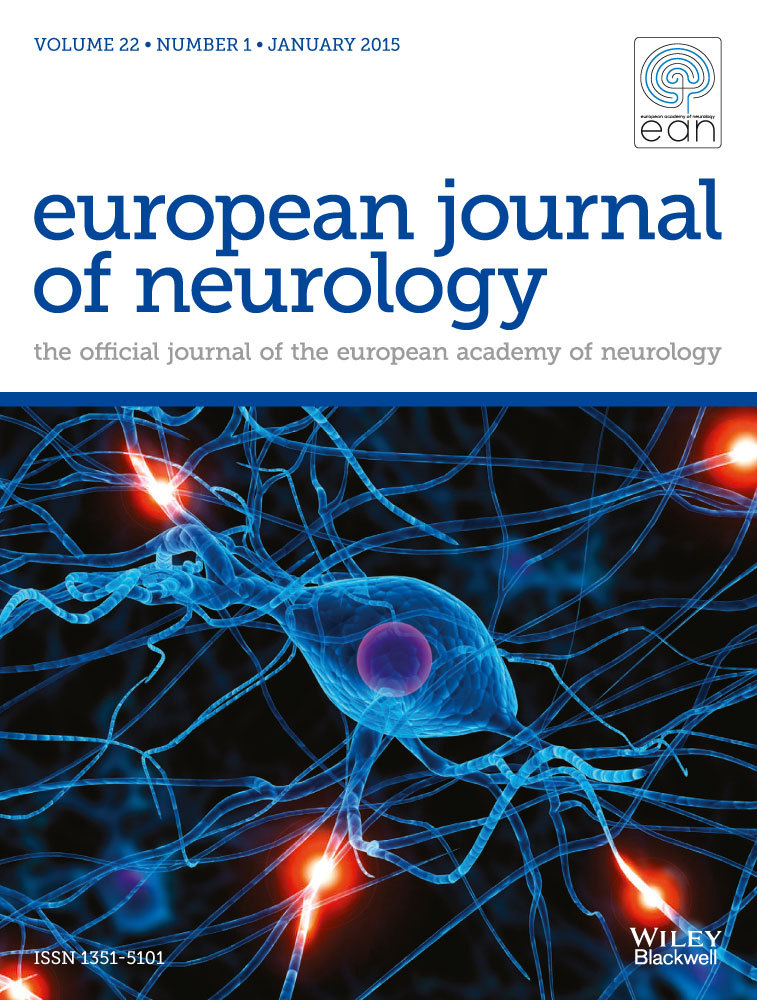Multifaceted Biomarkers Suggest a Similar Profile of CNS Pathology in Relapsing and Progressive MS
Abstract
Background
Relapsing–remitting (RR) and primary progressive (PP) multiple sclerosis (MS) have distinct clinical courses, but underlying pathophysiological differences remain unclear. We compared pathological components between RRMS, PPMS, and other inflammatory and neurodegenerative disorders, leveraging soluble biomarkers and post-mortem pathology.
Methods
Serum and cerebrospinal fluid (CSF) of people diagnosed with (pw) PPMS (n = 104), RRMS (n = 38), Alzheimer's disease (AD, n = 22), neuromyelitis optica spectrum disorder (NMOSD, n = 10), and myelin oligodendrocyte glycoprotein–associated disease (MOGAD, n = 10) were collected. B-cell maturation antigen (BCMA), soluble CD27 (sCD27), osteopontin (OPN), chitinase-3-like-1 (CHI3L1), glial fibrillary acidic protein (GFAP), neurofilament light chain (NfL) and synaptosomal-associated protein-25 (SNAP25) were measured. Lymphocytes (CD20+, CD138+, CD3+) and pyramidal-tract axonal density in RR-onset (n = 86) and PPMS (n = 45) post-mortem brain tissue were quantified.
Results
Soluble and post-mortem tissue biomarkers did not differ between pwRRMS and pwPPMS. Compared to AD, MS had higher CSF sCD27 (p < 0.001) but lower serum CHI3L1 and GFAP, and CSF OPN and SNAP25 (all p < 0.05). Serum OPN was lower in RRMS than NMOSD (p = 0.013). Principal component analyses and K-means clustering showed substantial overlap of RRMS and PPMS biomarkers, distinct from AD. In all pwMS, serum NfL and CSF BCMA correlated with clinical/radiological disease activity, CSF BCMA and sCD27 with inflammatory parameters, and serum GFAP, CSF GFAP, and CSF NfL with Expanded Disability Status Scale (EDSS) score.
Conclusions
Serum and CSF soluble biomarker profiles and post-mortem pathology do not differentiate RRMS from PPMS diagnoses but reflect the extent of inflammation and tissue damage. Detailed assessment of MS-associated inflammation and tissue damage may enhance classification and therapeutic strategies.


 求助内容:
求助内容: 应助结果提醒方式:
应助结果提醒方式:


